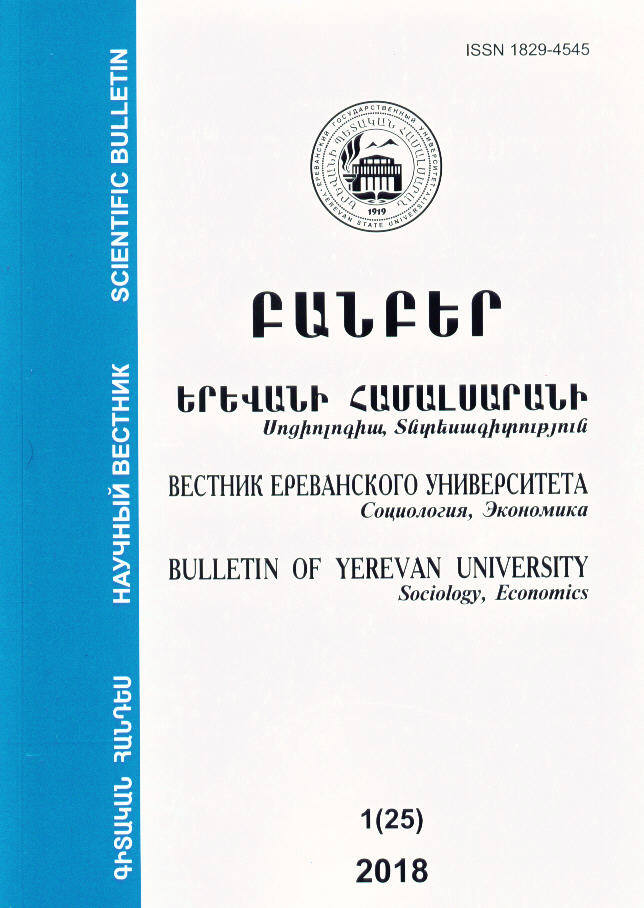Internal Migration through the Prism of ‘Own/Alien’ Images in the South of Russia28.
DOI:
https://doi.org/10.46991/BYSU:F/2018.9.1.014Keywords:
self, alien, another, image, migrantAbstract
Global migration processes are becoming an important factor in forming modern cultural landscape and an object of social networks and media close attention. Proceeding from the Copenhagen school securitization concept, it is the positioning of a problem as a threat that forms our attitude to it from the point of view of security. Mass migration is becoming one of such problems in the modern world. Modern Russian migration flows can be conditionally divided into internal and external. External flows are mainly represented by labour migrants from former Soviet republics, who used to be “own” but turned into “alien” due to the circumstances. Internal migrants predominantly constitute the mass flows of displaced migrants from former hot spots, largely from the Caucasus. They do not have a migrant status; they are Russian citizens, a part of “own” category. The regions of the Southern Federal District have become main host regions. The article analyses situation of the internal migrants and academic mobility subjects, “educational migrants” from Dagestan in the Astrakhan Oblast’, and the way the locals perceive them. The analysis of the forums and social networks has shown that the shift of internal migrant image from directory own/different to the “alien” directory is taking place. In separate cases, the process of demonization can be observed. It disturbs the ethnic and confessional balance that has existed in the region for centuries.
Downloads
Published
How to Cite
Issue
Section
License
Copyright (c) 2021 Bulletin of Yerevan University

This work is licensed under a Creative Commons Attribution-NonCommercial 4.0 International License.








